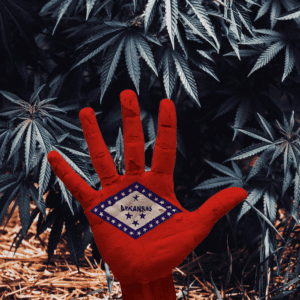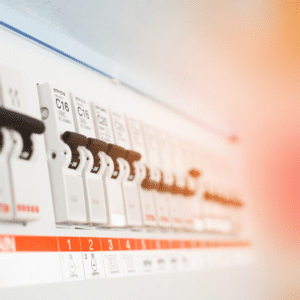Unlocking the World of Trichomes: A Comprehensive Guide


Within the intricate tapestry of the cannabis plant lies a world of compounds and structures waiting to be discovered. From the well-known delta-9-tetrahydrocannabinol (THC) to the calming cannabidiol (CBD), each component contributes to the plant’s diverse effects. However, hidden among the foliage lies a lesser-known yet crucial element: trichomes.
Understanding Trichomes: Nature’s Hidden Gems
Trichomes, those tiny hair-like structures or crystals adorning cannabis buds and leaves, are often overlooked but play a pivotal role in the plant’s potency and allure. According to Holly Hillyer, founder of Utokia Farms LLC and Utokia Herb Co., trichomes are akin to the rockstars of the cannabis world, brimming with cannabinoids and terpenes that give buds their frosty appearance and enticing aroma.
Types of Trichomes
Delving deeper, trichomes come in different forms, each with its own significance. Bulbous trichomes, barely visible without a microscope, coexist with the larger capitate-sessile trichomes. Yet, it’s the capitate-stalked trichomes that steal the show, boasting the highest concentration of cannabinoids and terpenes within their resin-filled heads.
Functions of Trichomes
Beyond their aesthetic appeal, trichomes serve as nature’s defense mechanism for the cannabis plant. Acting as sunshield umbrellas, they regulate leaf temperature, deter herbivores and insects, and attract beneficial insects like ladybugs. Their presence signals a thriving ecosystem and optimal plant health.
Harvest Timing and Trichome Observation
Trichomes also provide valuable insight into harvest timing. As they transition from clear to milky/cloudy and finally to amber, they indicate peak cannabinoid content. For optimal potency, harvesting when trichomes are predominantly cloudy is ideal, balancing potency with yield and desired effects.
Role in Potency Testing
Cannabinoids stored within trichomes are the primary compounds tested for potency in cannabis products. However, the aging process post-harvest can impact potency, with factors like oxygen and light degradation influencing cannabinoid conversion. This complexity underscores the challenges of accurate potency testing.
Boosting Trichome Production
Given their pivotal role, maximizing trichome production is a priority for cultivators. While genetics play a significant role, maintaining plant health, optimizing environmental conditions, and minimizing stressors are crucial factors. Additionally, advancements like LED lighting have shown promise in enhancing trichome production.
As the cannabis industry continues to evolve, understanding the intricate workings of trichomes provides invaluable insights for cultivators and consumers alike. From their role in potency testing to their impact on harvest timing, trichomes remain a cornerstone of cannabis science, perpetuating the plant’s mystique and allure.











